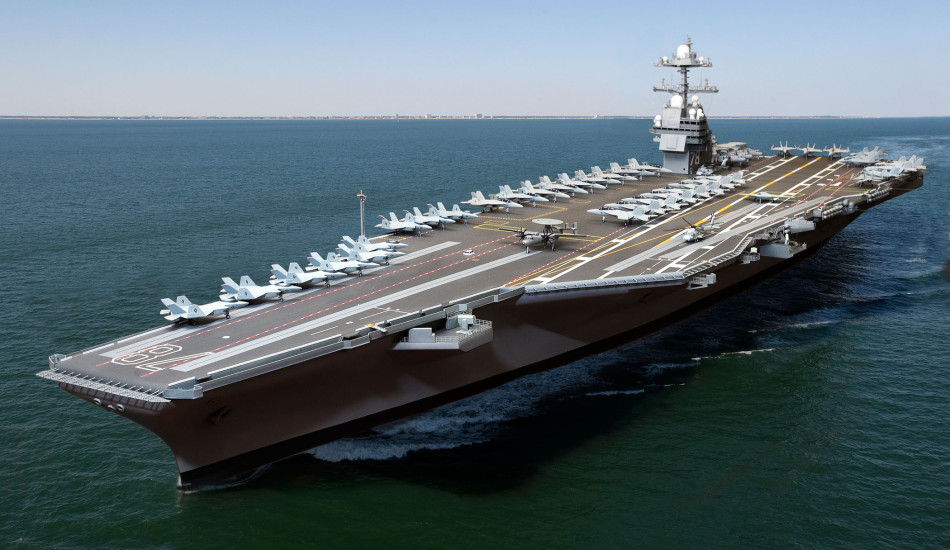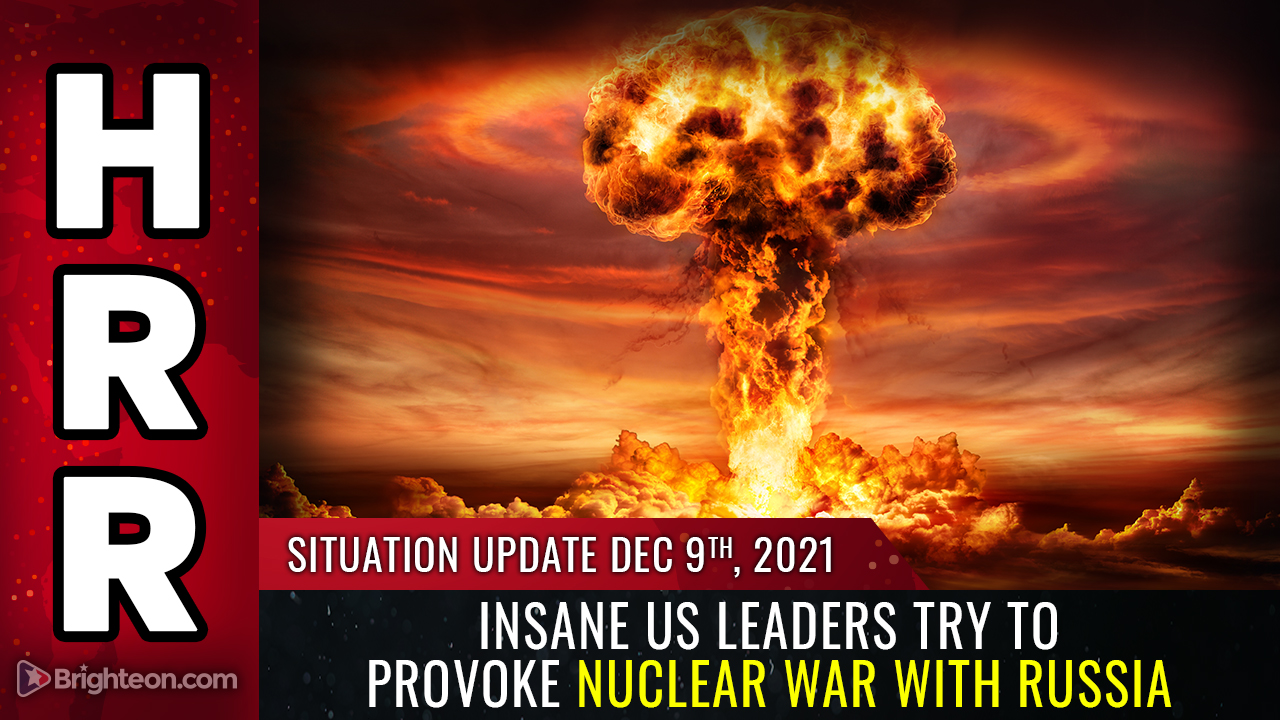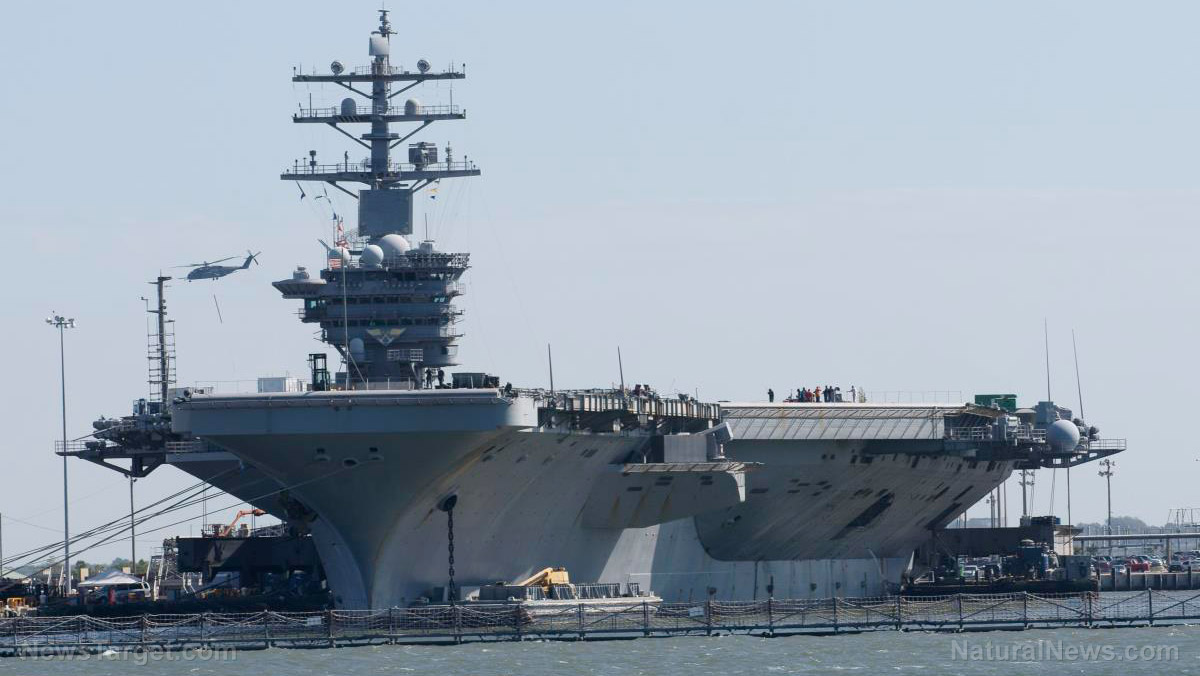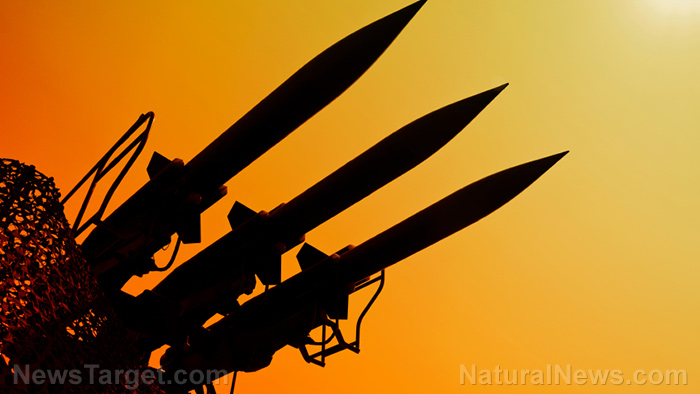Navy detonates 40,000-pound bomb next to own aircraft carrier
06/23/2021 / By Nolan Barton

The Navy on Friday, June 18, detonated a mammoth 40,000-pound bomb next to its own aircraft carrier in “full ship shock trials.”
Images and video footage released by the Navy show an enormous burst of water shooting up from the ocean as a result of the blast. The huge explosion was next to the 100,000-ton USS Gerald R. Ford (CVN 78) aircraft carrier – one of the newest and largest aircraft carriers in the world.
Shock trials test a ship to see how it holds up in an undersea explosion. This is to test the strength of the ship’s hull, making sure it can perform as expected in battle conditions.
The Navy conducts trials using live explosives to test that its warships “can continue to meet demanding mission requirements under harsh conditions they might encounter in battle,” the Navy said in a statement.
Explosion causes rare Florida earthquake
The United States Geological Survey (USGS) recorded the explosion as a 3.9 magnitude earthquake about 100 miles off the east coast of Florida.
A spokesperson with the Navy said that what the USGS measured was a result of military shock trials, and it was not unusual for them to register as earthquakes.
According to information available on the USGS website, earthquakes in Florida are exceedingly rare – but they are not unheard of. In 1879, residents of St. Augustine reported shaking that damaged plaster walls and knocked items from shelves. In 1880, shocks from an earthquake near Cuba shook the Keys, tumbling buildings in Key West. In 1948, an earthquake rattled Captiva Island near Fort Myers and residents described hearing sounds like explosions in the distance. In July 2016, a magnitude 3.7 earthquake was recorded off the east coast of Florida. The quake was centered about 100 miles east-northeast of Daytona Beach Shores.
The USGS measured the seismic event caused by the explosion roughly 100 miles off the coast of Ponce Inlet. The Daytona Beach was shaken by the quake during the Ford shock trials, the USGS confirmed. (Related: Russia has completed development of “doomsday device” that uses ocean-based nuclear detonation to unleash deadly tidal wave on coastal cities.)
The aircraft carrier completed the first scheduled explosive event of full ship shock trials and appeared to have passed with flying colors. The trials conclude the post-delivery test and trials period for the carrier in which the Navy has worked to prepare Ford for its first deployment. The carrier is scheduled for three separate explosions, but the Navy may cap the tests at two blasts.
Ford aircraft carrier wired with sensors to measure effects of shock
The USNI News reported that the Ford aircraft carrier was wired with sensors to measure the effects of the shock.
“The first-in-class aircraft carrier was designed using advanced computer modeling method, testing and analysis to ensure the ship is hardened to withstand battle conditions, and these shock trials provide data used in validating the shock hardness of the ship,” the Navy said in a statement.
Capt. Paul Lanzilotta, Ford’s commanding officer, told USNI News in March that the crew had been busy preparing for the trials.
“That’s quite a bit of work when you have a ship with 5,000 spaces in it, so we have to prepare all of our gear,” he said.
“We’re also going to prepare the crew, so the crew has to know what to expect. They need to practice their damage control procedures because that’s something that we all need to be good at, and when we shock the ship we need to make sure that we have the ship in as ready a condition as we can.”
Shock testing the first-in-class Ford, rather than second-in-class John F. Kennedy (CVN-79), was driven in Congress by the late Sen. John McCain (R-Ariz.). According to USNI News, McCain insisted on the trials to prove the reliability of the new carrier-class before its first deployment.
Follow MilitaryTechnology.news for more news and information related to military weapons and technology.
Sources include:
Tagged Under: aircraft carrier, battle conditions, Captiva Island, damage control procedures, Daytona Beach, earthquake, John McCain, military shock trials, military weapons, national defense, of Daytona Beach Shores, Pentagon, sensors, shock trials, USS Gerald R. Ford, warships
RECENT NEWS & ARTICLES
COPYRIGHT © 2018 MILITARYTECHNOLOGY.NEWS
All content posted on this site is protected under Free Speech. MilitaryTechnology.news is not responsible for content written by contributing authors. The information on this site is provided for educational and entertainment purposes only. It is not intended as a substitute for professional advice of any kind. MilitaryTechnology.news assumes no responsibility for the use or misuse of this material. All trademarks, registered trademarks and service marks mentioned on this site are the property of their respective owners.





















